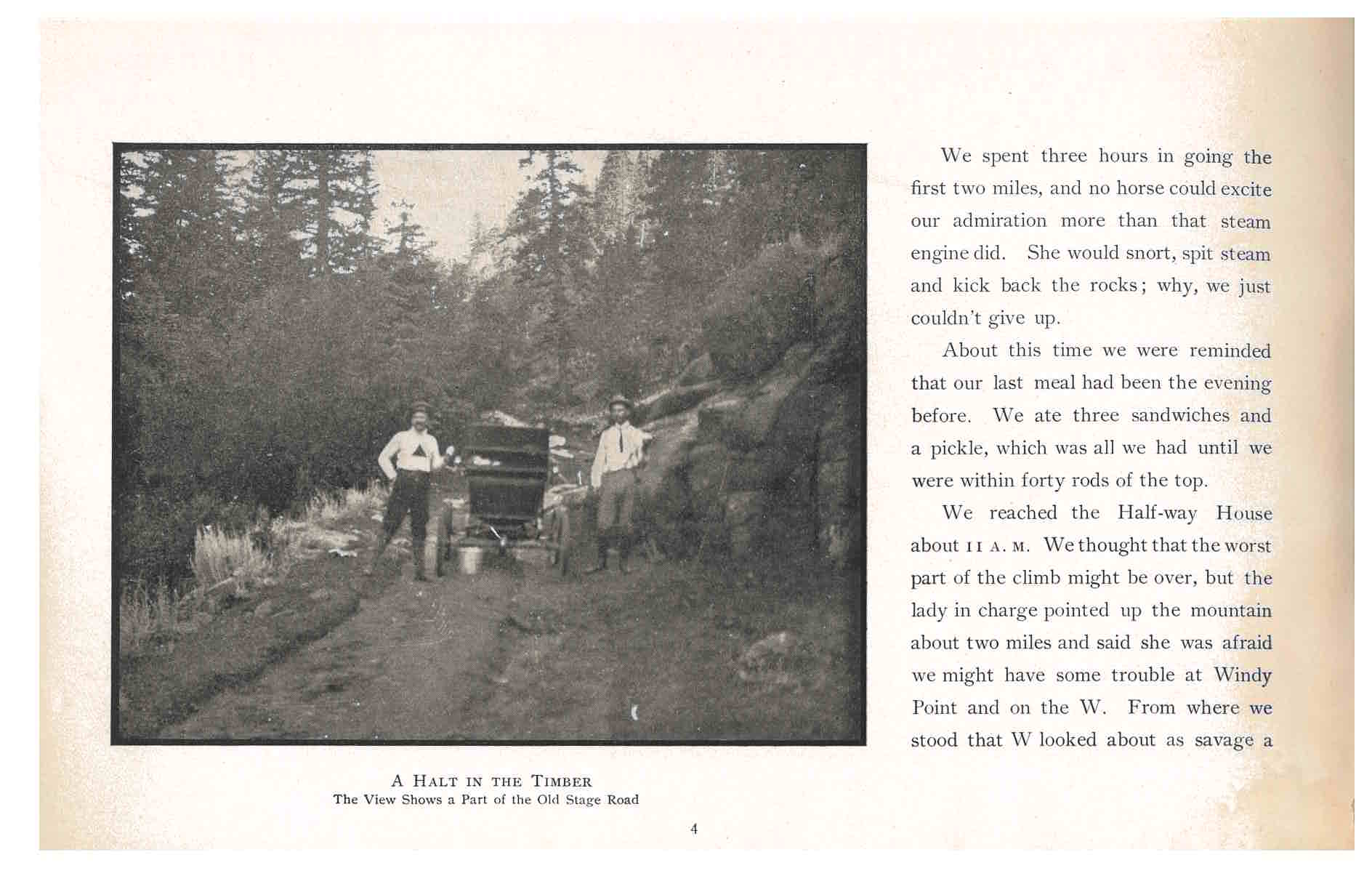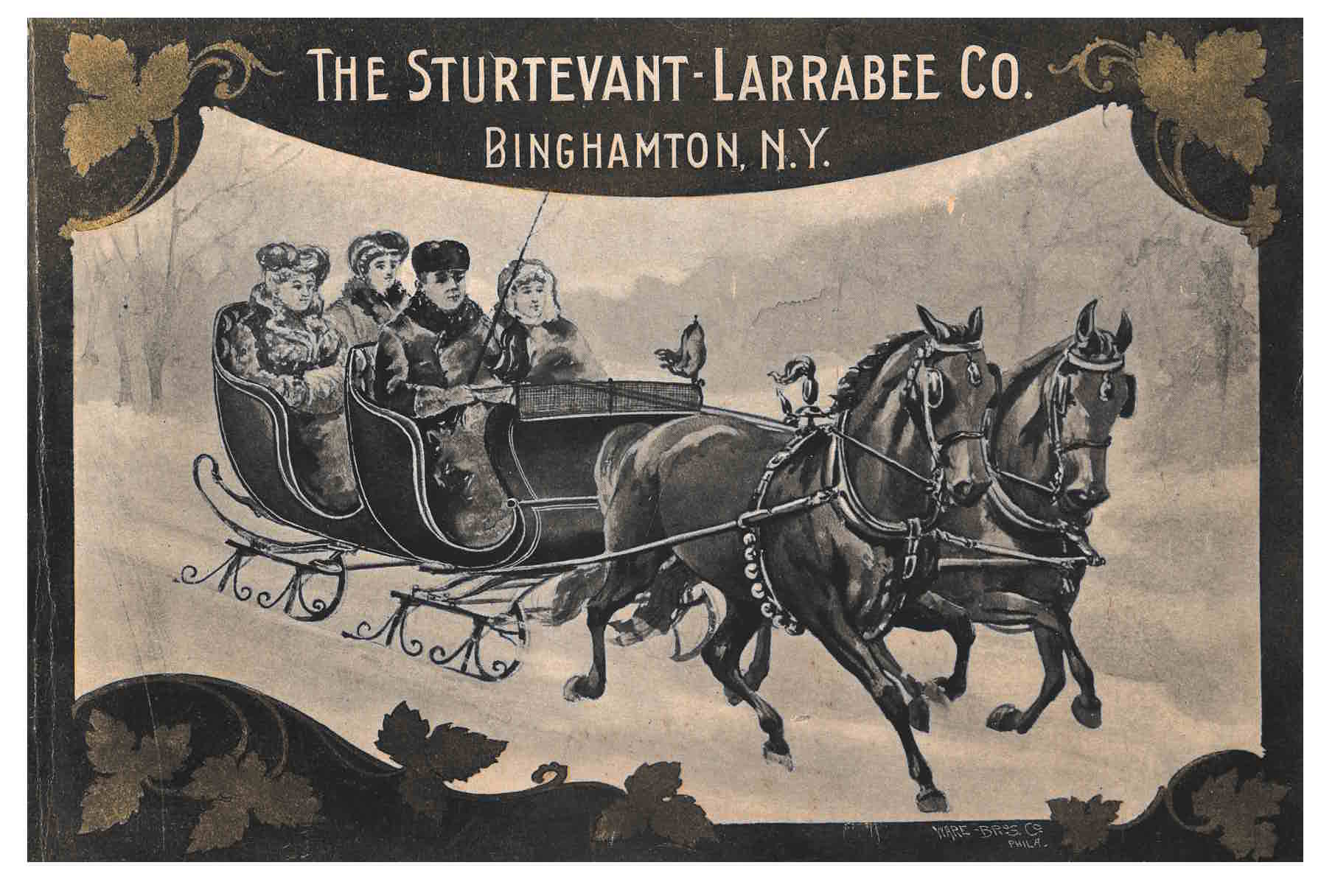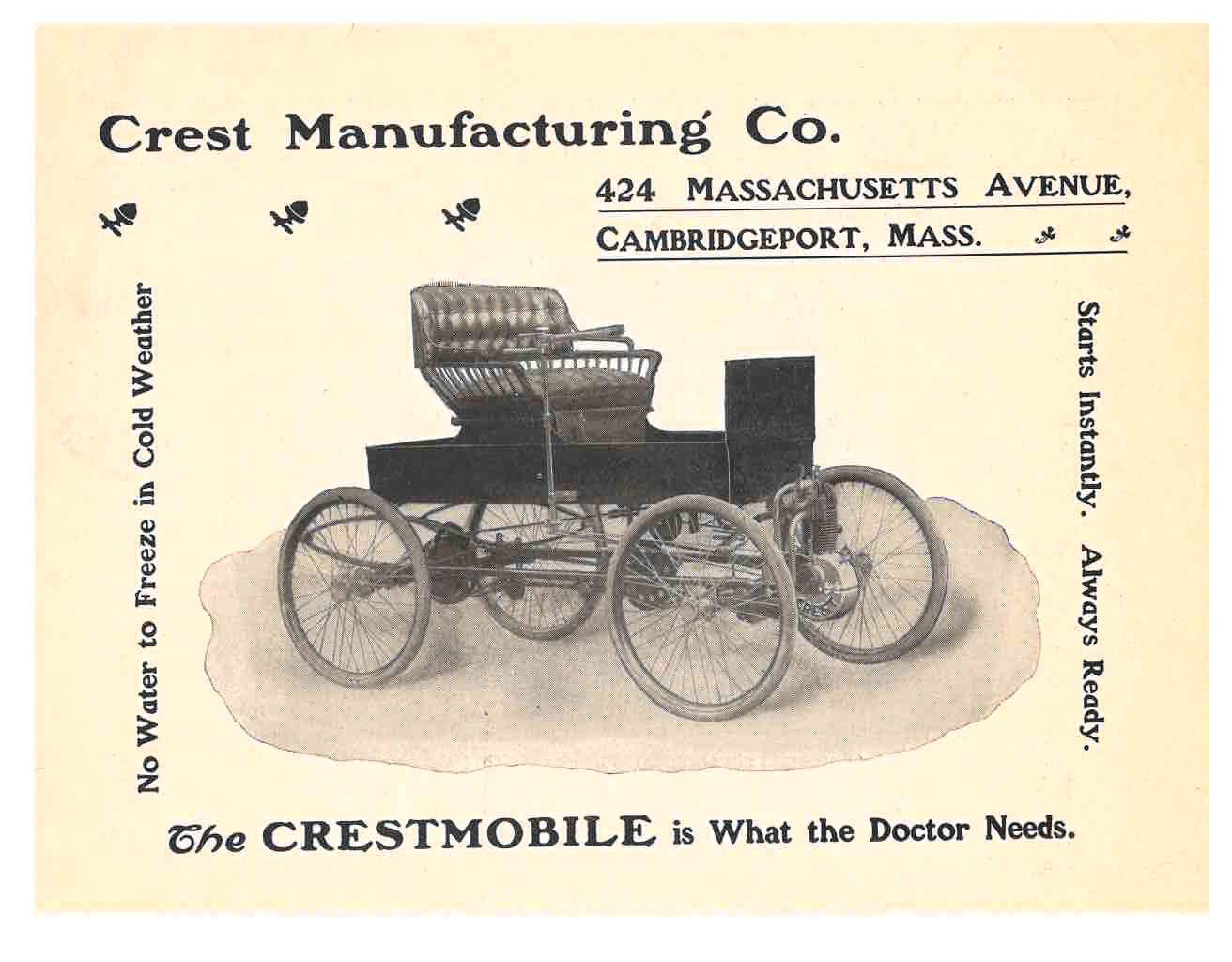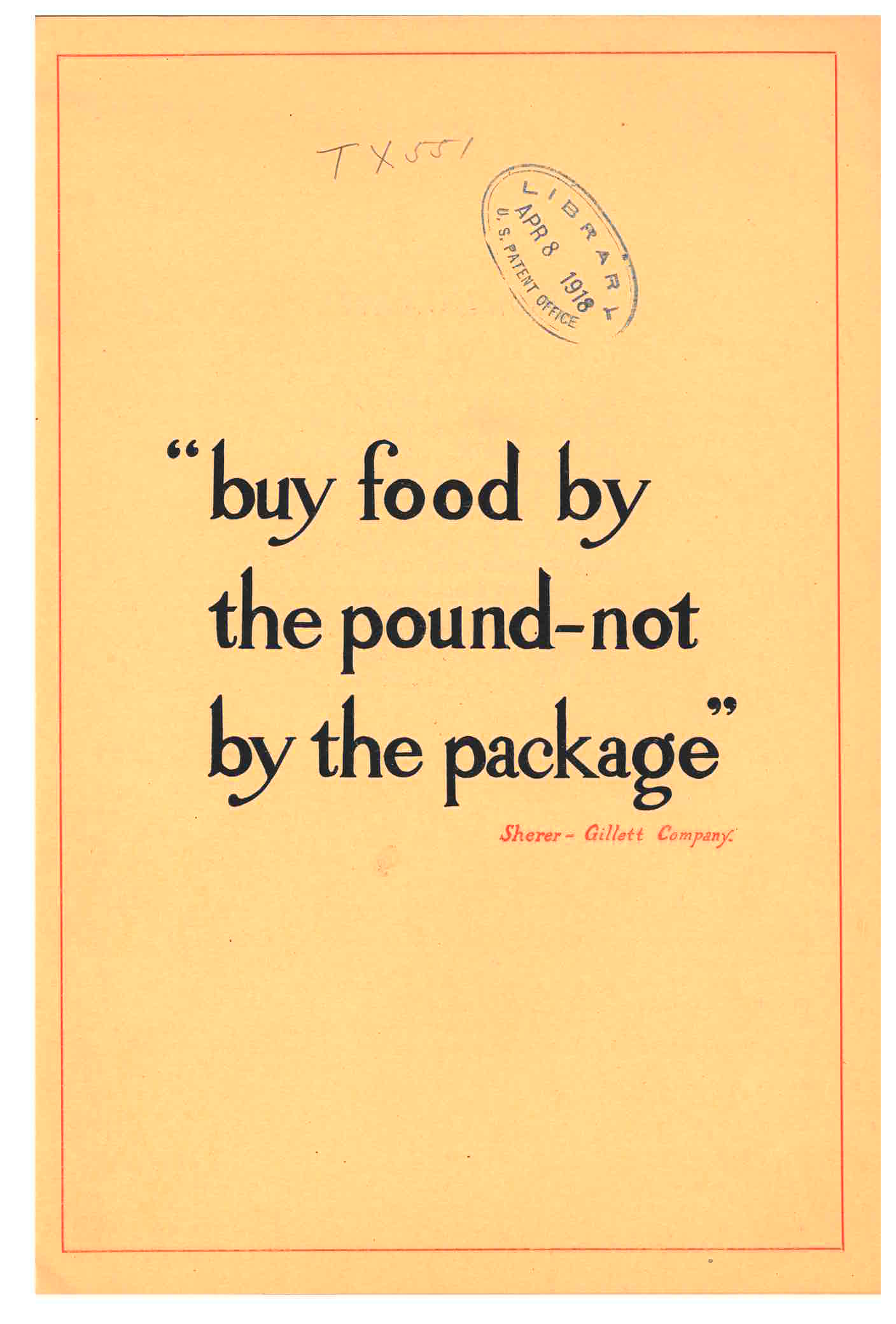Two men set off to ascend a mountain located in Colorado called Pikes Peak. Their transportation was a vehicle called the Locomobile, and this trade catalog traces their journey on an August day over a century ago.
Author: Alexia MacClain
As a new year begins, the idea of sorting or reorganizing files might be running through our minds. Without the use of computers, how were important records filed or accessed in the late 19th Century? This trade catalog provides a few hints, especially for workplaces such as courthouses and clerk’s offices.
Imagine riding through a landscape blanketed in snow. Whether it’s a family outing, a trip to deliver goods, or simply a pleasure ride, this early 20th Century sleigh catalog includes a few possibilities.
With Thanksgiving just around the corner, we might be thinking of delicious food. Or perhaps we are realizing how much time it will take to prepare such a meal. Modern kitchen appliances have made cooking easier but imagine what it was like to cook on a stove, such as one of these, in the 1860s.
If you were sick at the turn of the 20th Century, a doctor might have visited you at home. This was called a house call. But to do this, doctors needed reliable transportation. What were their options? One option was the Crestmobile.
Can a particular kind of retail furniture help grocers save money and prevent food waste? In a World War I era trade catalog, Sherer-Gillett Co. promotes a piece of furniture designed for grocers to install in their stores. It was called the Sherer Counter, a bulk food storage system described as a way to cut down on waste and help with the war effort.







